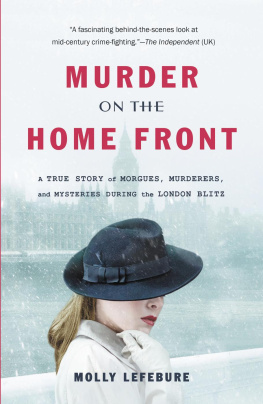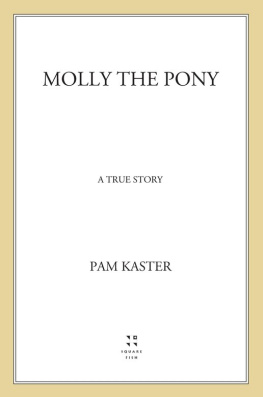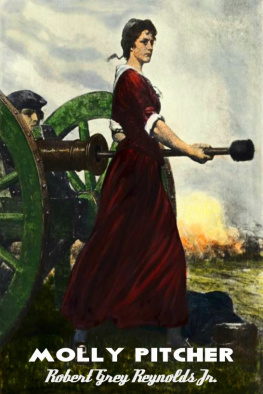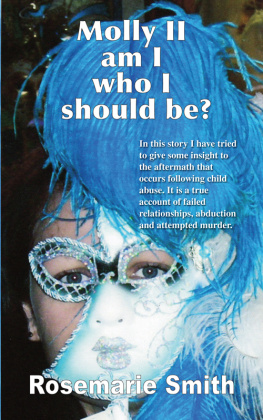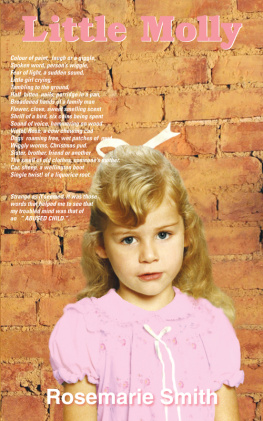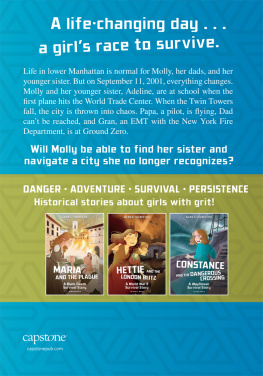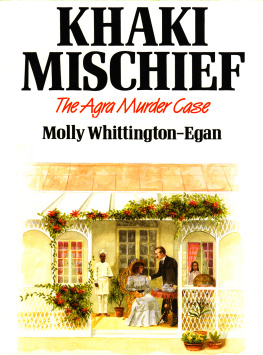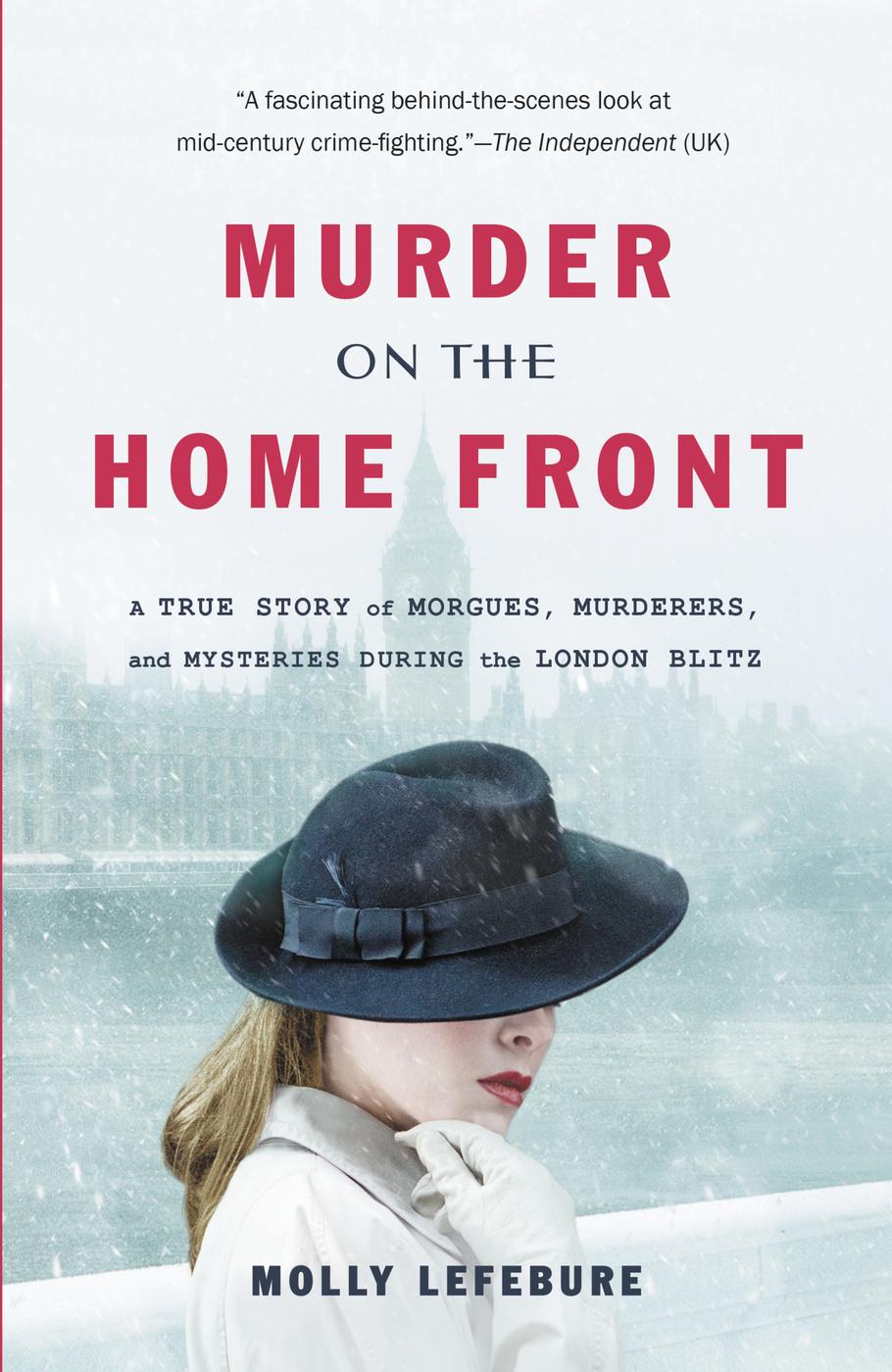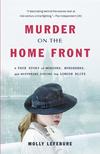Molly Lefebure - Murder on the Home Front: A True Story of Morgues, Murderers, and Mysteries during the London Blitz
Here you can read online Molly Lefebure - Murder on the Home Front: A True Story of Morgues, Murderers, and Mysteries during the London Blitz full text of the book (entire story) in english for free. Download pdf and epub, get meaning, cover and reviews about this ebook. year: 2014, publisher: Grand Central Publishing, genre: Detective and thriller. Description of the work, (preface) as well as reviews are available. Best literature library LitArk.com created for fans of good reading and offers a wide selection of genres:
Romance novel
Science fiction
Adventure
Detective
Science
History
Home and family
Prose
Art
Politics
Computer
Non-fiction
Religion
Business
Children
Humor
Choose a favorite category and find really read worthwhile books. Enjoy immersion in the world of imagination, feel the emotions of the characters or learn something new for yourself, make an fascinating discovery.
- Book:Murder on the Home Front: A True Story of Morgues, Murderers, and Mysteries during the London Blitz
- Author:
- Publisher:Grand Central Publishing
- Genre:
- Year:2014
- Rating:4 / 5
- Favourites:Add to favourites
- Your mark:
Murder on the Home Front: A True Story of Morgues, Murderers, and Mysteries during the London Blitz: summary, description and annotation
We offer to read an annotation, description, summary or preface (depends on what the author of the book "Murder on the Home Front: A True Story of Morgues, Murderers, and Mysteries during the London Blitz" wrote himself). If you haven't found the necessary information about the book — write in the comments, we will try to find it.
One ordinary day, in an ordinary courtroom, forensic pathologist Dr. Keith Simpson asks a keen young journalist to be his secretary. Although the horrors of secretarial work dont appeal to Molly Lefebure, shes intrigued to know exactly what goes on behind a mortuary door.
Capable and curious, Miss Molly quickly becomes indispensible to Dr. Simpson as he meticulously pursues the truth. Accompanying him from somber morgues to Londons most gruesome crime scenes, Molly observes and assists as he uncovers the dark secrets that all murder victims keep.
With a sharp sense of humor and a rebellious spirit, Molly tells her own remarkable true story here with warmth and wit, painting a vivid portrait of wartime London.
Molly Lefebure: author's other books
Who wrote Murder on the Home Front: A True Story of Morgues, Murderers, and Mysteries during the London Blitz? Find out the surname, the name of the author of the book and a list of all author's works by series.

